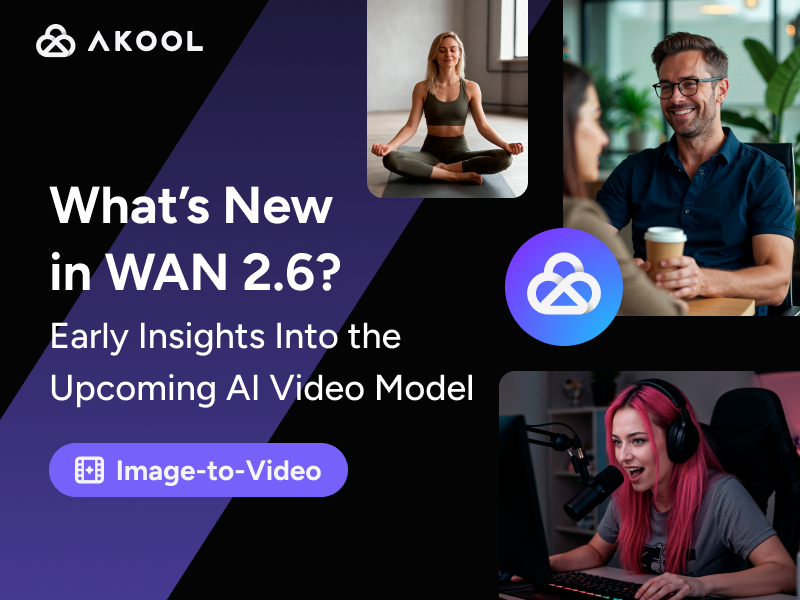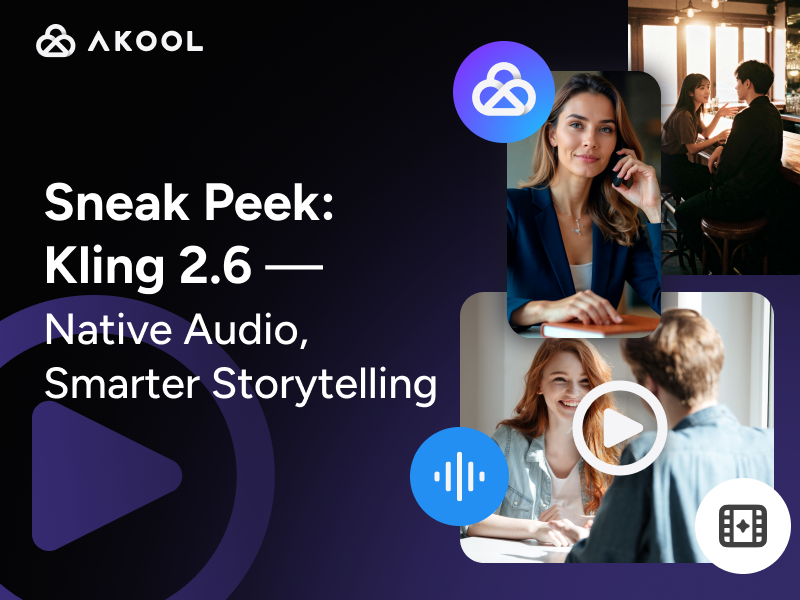Introduction to Employee AI Safety
Employee AI Safety refers to ensuring that AI systems used in workplaces are designed and implemented in ways that protect human workers. This involves safeguarding against biases, ensuring data privacy, and maintaining transparency in AI decision-making processes. Key capabilities include monitoring AI outputs for fairness, employing algorithms that respect user privacy, and using feedback loops to continually refine AI behavior. Prioritizing these elements promotes a safe and ethical workplace.
How to Use Employee AI Safety
Understanding and implementing Employee AI Safety is essential for creative agencies and creators who integrate AI into their workflow. Here’s a guide on how to effectively use Employee AI Safety:
Definition
Employee AI Safety involves strategies and practices to ensure that AI systems in the workplace operate ethically, protect worker data, and make unbiased decisions.
Capabilities
- Monitoring: Track AI interactions to prevent sensitive information leaks and biased outcomes.
- Training: Educate staff on ethical AI usage to foster a responsible workplace culture. Consider using AI Corporate Training Videos and Training Videos for Employees to enhance learning.
- Risk Assessment: Identify and mitigate potential risks associated with AI tools. Utilize AI for HR to enhance these assessments.
- Compliance: Ensure AI practices adhere to industry standards and regulations, leveraging AI Resume Screening to maintain fairness in recruitment processes.
Steps to Implement
Assess Current AI Tools: Evaluate existing AI systems for potential safety risks and biases.
Develop Safety Protocols: Establish guidelines for ethical AI use, including data privacy measures and bias mitigation strategies. Using AI in Human Resources can streamline this process.
Train Employees: Conduct regular training sessions on AI safety principles and the importance of responsible AI use, incorporating AI in Talent Acquisition to support recruitment.
Monitor and Adjust: Continuously monitor AI outputs for compliance with safety protocols and adjust strategies as necessary.
Feedback Mechanism: Create channels for employees to report AI-related issues or suggest improvements.
Useful Formulas
- Risk Assessment Formula:
- Risk = Probability of AI Failure × Impact of Failure
This formula helps prioritize which AI systems need the most attention in terms of safety enhancements.
By following these steps and utilizing these capabilities, creative agencies and creators can harness AI's potential while ensuring a safe and ethical environment for employees.
Applications of Employee AI Safety
Employee AI safety is crucial in ensuring that AI systems are used ethically and responsibly in workplace environments. Here are some popular applications:
- Monitoring AI Interactions: Ensures AI tools used by employees do not inadvertently share sensitive information or make biased decisions.
- Training and Development: AI safety protocols help train employees on the ethical use of AI, fostering a culture of responsibility with resources like Safety Training Videos.
- Risk Assessment: Identifies potential risks associated with AI applications, helping to mitigate issues before they arise.
- Compliance and Regulation: Ensures that AI usage complies with industry standards and legal requirements.
- Incident Response: Provides a framework for addressing AI-related incidents, minimizing impact on operations.
These applications help maintain a secure and ethical AI-driven workplace.
Technical Insights on Employee AI Safety
Bias Mitigation
- Algorithmic Fairness: Implement pre-processing, in-processing, and post-processing techniques to minimize bias.
- Fairness Metrics: Utilize statistical parity or equal opportunity to evaluate AI outputs.
Data Privacy
- Privacy-Preserving Techniques: Deploy differential privacy or federated learning to protect employee data.
- Data Encryption: Ensure end-to-end encryption in data handling and storage.
Transparency in AI
- Explainability Models: Use tools like LIME or SHAP for interpretable AI decisions.
- Documentation: Maintain comprehensive logs of AI decision-making processes.
Feedback Loops
- Continuous Improvement: Integrate user feedback to refine AI behavior.
- Monitoring Systems: Use real-time monitoring tools to detect anomalies or biases.
By incorporating these structural elements, organizations can build AI systems that align with ethical standards and promote a secure working environment for employees.
Useful Statistics on Employee AI Safety
Understanding the landscape of AI safety in the workplace is crucial for creators, developers, and creative agencies as they integrate artificial intelligence into their operations. Here are some key statistics that highlight the importance of focusing on employee AI safety:
- Increase in AI Adoption:
- As of 2023, 61% of companies have reported integrating AI into their business processes, a significant jump from 38% in 2020.
Why it's useful: This statistic underscores the rapid adoption of AI technologies, necessitating robust AI safety measures to protect employees and ensure ethical AI deployment.
AI-related Job Displacement Concerns:
- A survey conducted in 2023 found that 47% of employees fear job displacement due to AI implementation.
Why it's useful: Understanding employee concerns about AI can guide organizations to focus on retraining and upskilling programs, thereby enhancing job security and promoting a culture of safety.
AI-Driven Workplace Incidents:
- In a 2023 report, it was found that 32% of companies experienced at least one AI-related incident impacting employee safety or wellbeing.
Why it's useful: This statistic highlights the need for comprehensive AI safety protocols and risk assessment strategies to prevent incidents and protect employees.
Investment in AI Safety Training:
- Companies are expected to increase investment in AI safety training by 25% in 2024, reflecting growing awareness and prioritization of employee safety.
- Why it's useful: The rise in investment indicates a proactive approach to mitigating AI risks, ensuring that employees are equipped with the knowledge to safely interact with AI technologies.
These statistics serve as a foundation for understanding the current state of employee AI safety and emphasize the importance of continued focus on developing safe, ethical AI systems within organizations.
Table: AI Adoption and Safety Concerns
| Year | AI Adoption Rate | Employee Job Displacement Concerns |
|---|---|---|
| 2020 | 38% | N/A |
| 2023 | 61% | 47% |
Table: Investment in AI Safety Training
| Year | Investment Increase in AI Safety Training |
|---|---|
| 2023 | N/A |
| 2024 | 25% |
Frequently Asked Questions about Employee AI Safety
What is Employee AI Safety and why is it important?
Employee AI Safety refers to the measures and practices implemented to ensure that AI technologies used within a workplace do not pose risks to employees. This is crucial for maintaining a safe work environment and ensuring compliance with AI ethics and regulations.
How does your Employee AI Safety service work?
Our service uses advanced algorithms to monitor AI systems, ensuring they operate within safe parameters. It identifies potential risks and provides actionable insights to mitigate them, thereby enhancing workplace safety and productivity.
What are the key features of your Employee AI Safety service?
Key features include real-time AI risk assessment, compliance monitoring, employee training modules, and a comprehensive dashboard for tracking AI safety metrics. These tools help businesses maintain a safe AI environment.
How can Employee AI Safety improve workplace compliance?
By implementing AI safety protocols, businesses can ensure they adhere to industry regulations and standards. Our service helps identify compliance gaps and provides solutions to address them, reducing the risk of regulatory penalties.
Why is AI ethics important in Employee AI Safety?
AI ethics ensure that AI technologies are used responsibly and do not harm employees. Our service emphasizes ethical AI deployment, promoting transparency, fairness, and accountability in AI operations.
Can Employee AI Safety help in preventing AI-related accidents?
Yes, our service is designed to predict and prevent potential AI-related accidents by continuously monitoring AI systems and alerting businesses to any anomalies or risks that could harm employees.
Is Employee AI Safety customizable for different industries?
Absolutely. Our service can be tailored to meet the specific safety needs of various industries, ensuring that AI systems are aligned with industry-specific regulations and safety standards.
How do I get started with your Employee AI Safety service?
To get started, contact our team for a consultation. We will assess your current AI systems and provide a customized safety plan to ensure a secure and compliant workplace environment.




